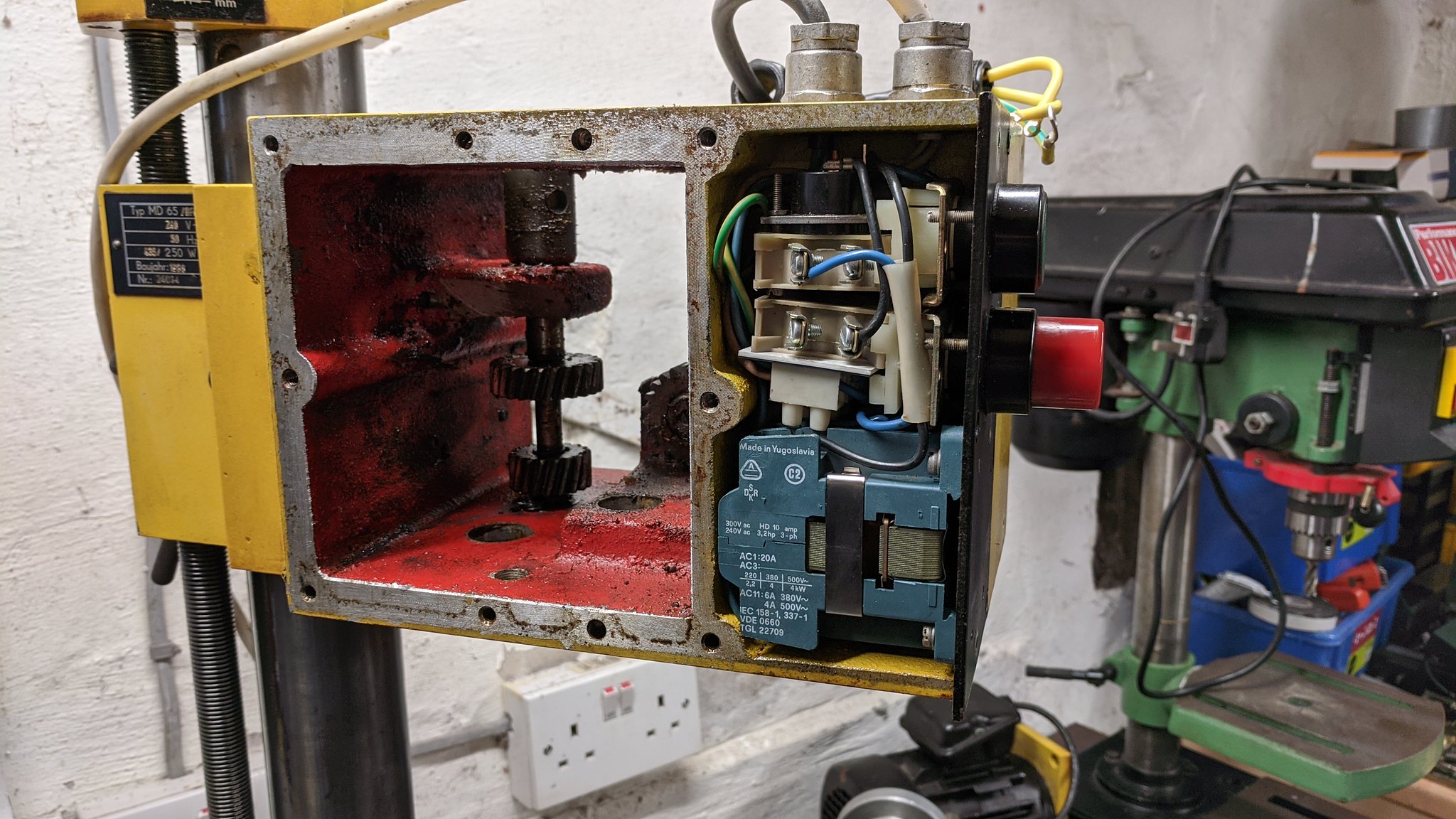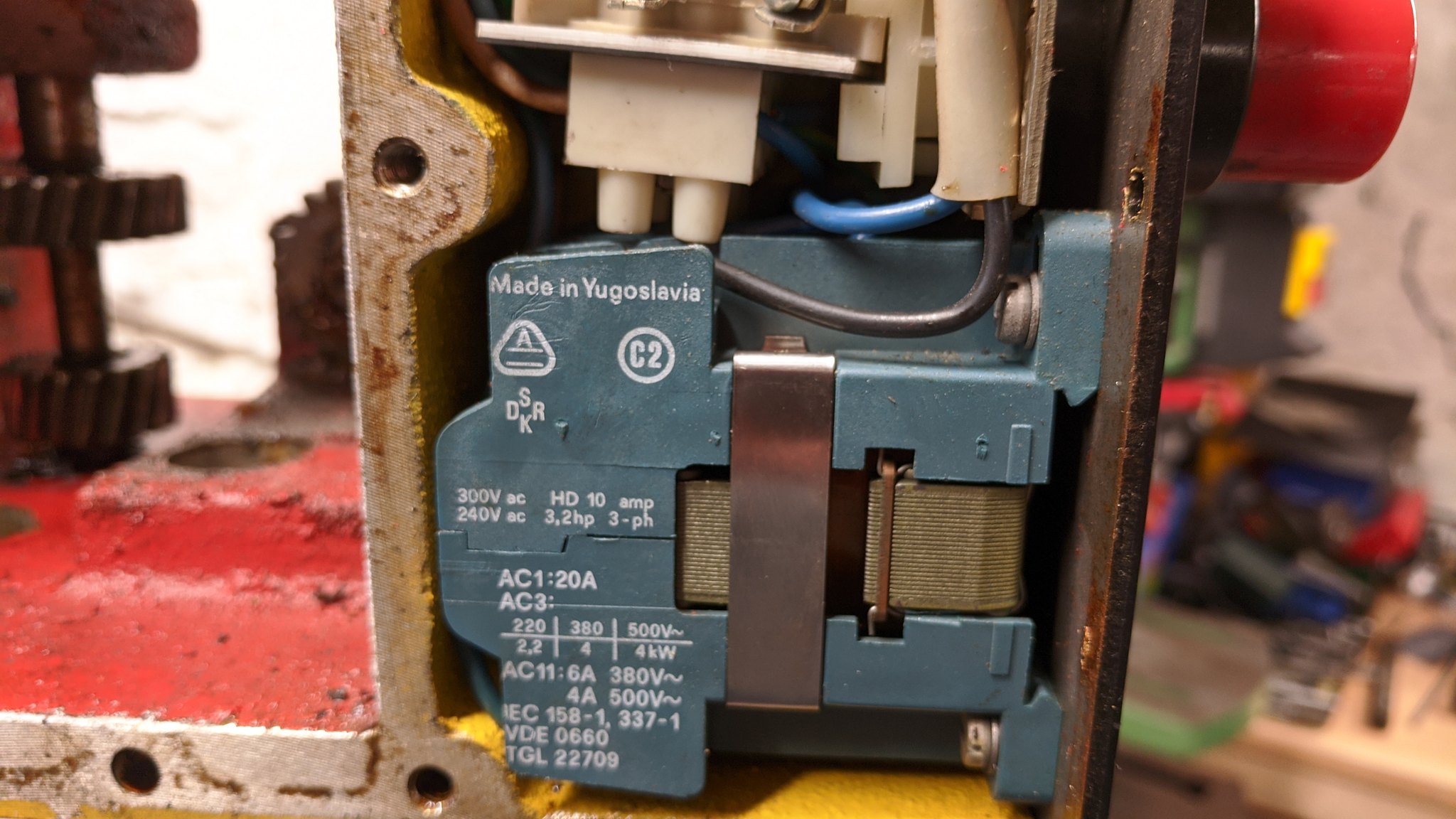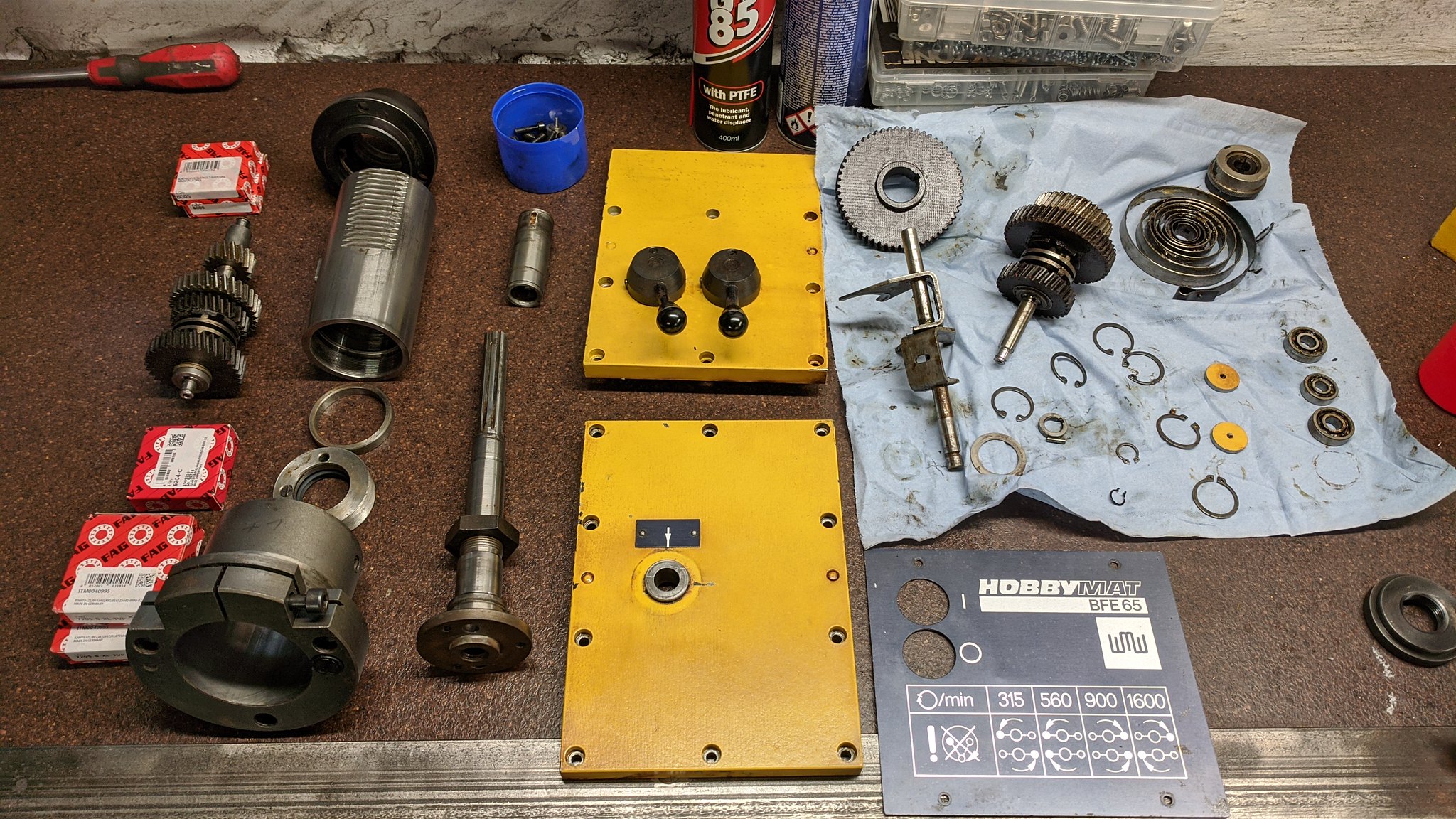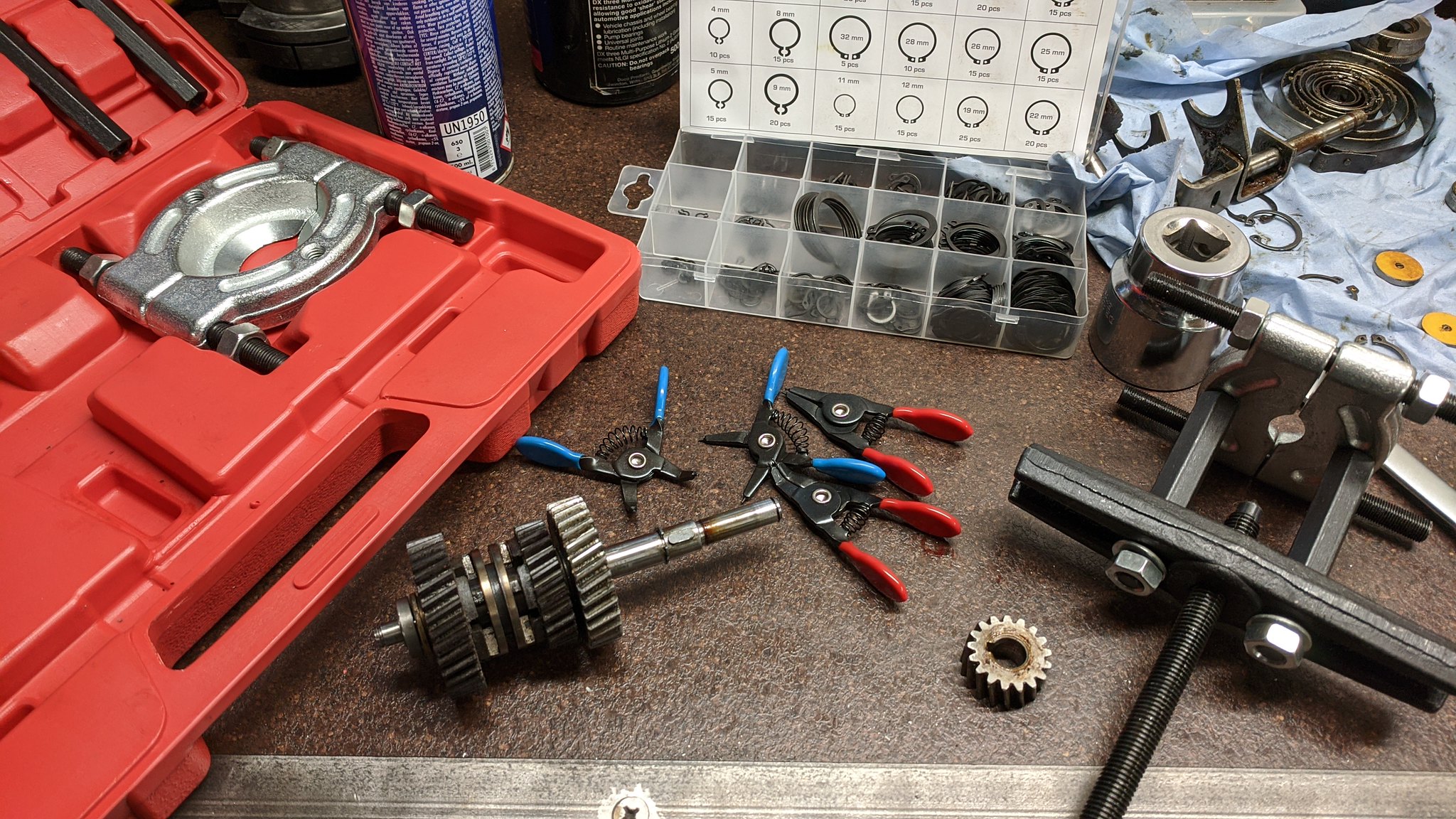Ed McClements
Supporter
Eddy;
There is a way to avoid the loose bolt clearance problem. If you use a close-tolerance bolt in a hole reamed to size it will give far better results. Never use a fully-threaded fastener in this application; you do not want a load bearing on the threads. Here is an example of a suitable bolt (attached photo). It is a 1/4-28 close-tolerance bolt with a shank size of 0.249" +/- 0.0005". You specify a "grip length" that allows the non-threaded shank to fit through the diameter of the joint and perhaps one washer thickness. In a hole reamed to 0.2500", your loose fastener problem is solved.
Absolutely agree, Neil. I have a few confessions to make...you know...between friends. I am in the UK, and these days it's much simpler to work with the metric system, purely based on the easier availability of tooling and fasteners in metric. Plus my lathe has a metric leadscrew (it originated from a school in the 1970s, when there was a push to teach students in metric). Which is a shame, as the aircraft industry where these good quality fasteners originate uses imperial sizing, so I can't readily use them. Also....I don't possess any reamers! So my drills, even my "good" set reserved for the best work, drill oversized holes - my 8mm drill gives me a hole of about 8.08mm. I then make my own screws and clevis pins which are sized to fit these holes. At least I can make my fasteners with the correct shank and thread length for each application.
Maybe I should have bought an even older lathe, and worked entirely with UNC/UNF fasteners!







